Vlogging has become an increasingly popular way to share experiences and connect with audiences around the world. Whether you’re a seasoned vlogger or just starting out, having the right camera is essential to producing high-quality content. In this post, we’ll explore the best vlogging cameras from Canon, one of the leading camera brands in the industry.
The Importance of Choosing the Right Camera for Vlogging
Choosing the right camera for vlogging is crucial to producing high-quality content that engages your audience. With the right camera, you can capture clear, crisp footage, and ensure that your viewers can see and hear everything clearly. Factors to consider when choosing a best vlogging cameras include image and video quality, portability, and ease of use.
Canon’s Top Best Vlogging Cameras
Canon has a range of cameras that are ideal for vlogging, including mirrorless and point-and-shoot options. Here are three of Canon’s top best vlogging cameras:
Canon EOS M50 Mark II
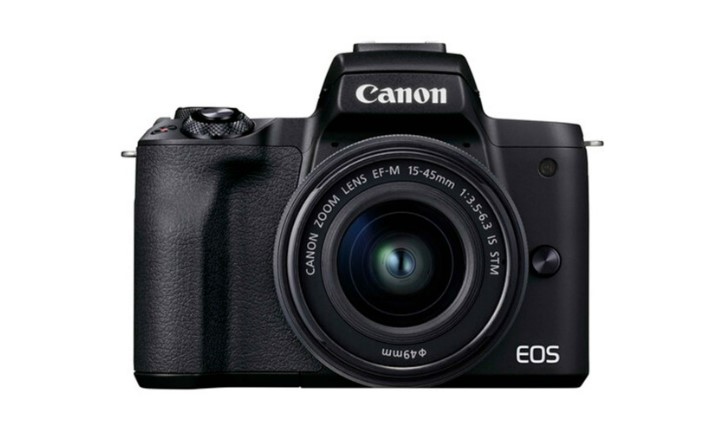
This mirrorless camera is a popular choice among vloggers for its impressive autofocus, flip-out screen, and excellent image quality. It can shoot 4K video at 24 frames per second and features a built-in microphone jack.
Pros:
- Fast and accurate autofocus: The Dual Pixel CMOS AF system in the EOS M50 Mark II is incredibly fast and accurate, making it easy to capture sharp and well-focused photos and videos.
- Good image quality: With a 24.1-megapixel APS-C CMOS sensor, the EOS M50 Mark II produces high-quality images with good detail and color accuracy.
- Flip-out touchscreen: The vari-angle touchscreen display can be flipped out and tilted to face in different directions, making it easy to frame shots from a variety of angles.
- Good for vlogging: The EOS M50 Mark II is a popular choice among vloggers thanks to its fast autofocus, flip-out screen, and 4K video capabilities.
Cons:
- Limited battery life: The EOS M50 Mark II’s battery life is somewhat limited, with a single charge only lasting for around 230 shots.
- Limited lens selection: The EOS M50 Mark II is part of Canon’s mirrorless lineup, but the selection of compatible lenses is somewhat limited compared to Canon’s DSLR lineup.
- No in-body image stabilization: Unlike some other mirrorless cameras, the EOS M50 Mark II does not feature in-body image stabilization, which can make it more challenging to capture steady footage when shooting handheld.
- No headphone jack: The camera does not have a headphone jack, making it difficult to monitor audio levels while recording video.
Canon PowerShot G7 X Mark III
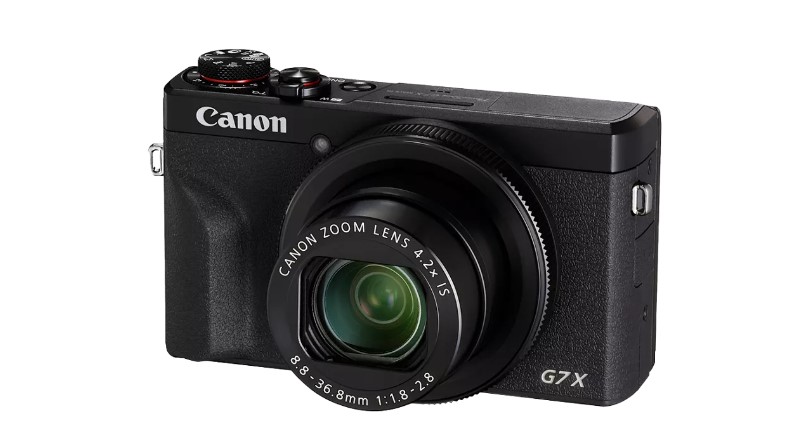
This point-and-shoot camera is a compact and lightweight option that produces high-quality video and photos. It features a flip-up screen, 4K video recording, and a fast autofocus system.
Pros:
- Compact and portable: The Canon PowerShot G7 X Mark III is a compact and lightweight camera, making it easy to take with you wherever you go.
- Fast autofocus: The camera’s Dual Pixel CMOS AF system is fast and accurate, making it easy to capture sharp and well-focused photos and videos.
- Good image quality: With a 20.1-megapixel 1.0-inch stacked CMOS sensor and DIGIC 8 image processor, the G7 X Mark III produces high-quality images with good detail and color accuracy.
- Good for vlogging: The camera features a flip-up touchscreen display, making it easy to frame shots while vlogging, and it also offers 4K video recording capabilities.
Cons:
- Limited zoom range: The camera’s zoom range is somewhat limited, with only a 4.2x optical zoom lens.
- No viewfinder: The G7 X Mark III does not feature a built-in viewfinder, which some photographers may find inconvenient.
- Limited battery life: With a single charge, the camera’s battery can only last for around 235 shots.
- No weather sealing: The camera is not weather-sealed, so it may be more prone to damage if used in wet or dusty conditions.
Canon EOS R
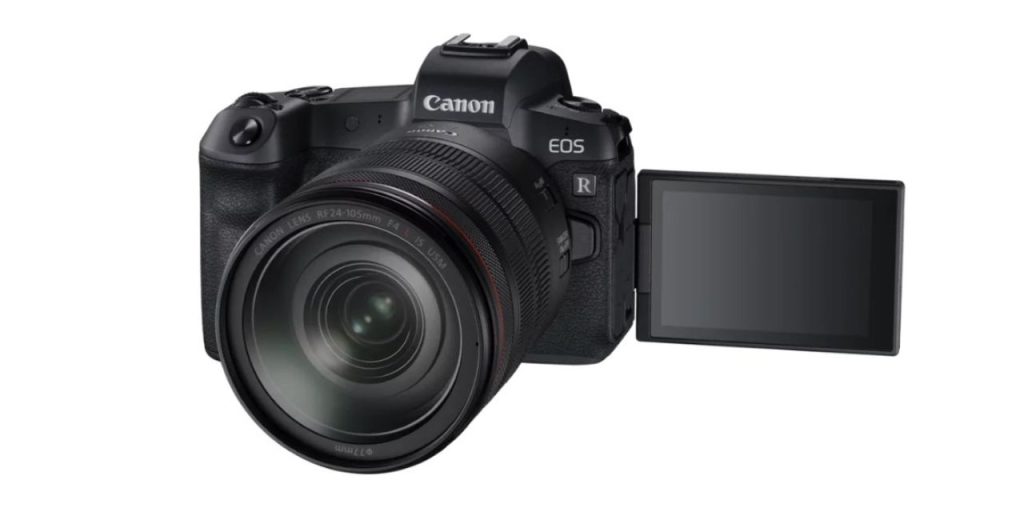
This full-frame mirrorless camera is a more advanced option that produces exceptional image and video quality. It features a fully articulating touchscreen, 4K video recording, and excellent low-light performance.
Pros:
- Full-frame sensor: The EOS R features a full-frame 30.3-megapixel sensor, which produces high-quality images with good detail and low noise.
- Good autofocus: The camera’s Dual Pixel CMOS AF system is fast and accurate, making it easy to capture sharp and well-focused photos and videos.
- Good video capabilities: The EOS R can shoot 4K video at up to 30 frames per second, and also offers Canon Log for improved dynamic range and color grading.
- Good lens selection: Canon has a large selection of high-quality lenses compatible with the EOS R, including the RF mount lenses.
Cons:
- Limited battery life: With a single charge, the camera’s battery can only last for around 370 shots.
- Only one card slot: The EOS R only has one memory card slot, which may be inconvenient for some photographers who prefer to have a backup or additional storage.
- No in-body image stabilization: The camera does not feature in-body image stabilization, which can make it more challenging to capture steady footage when shooting handheld.
- No built-in flash: The camera does not feature a built-in flash, which may be inconvenient for some photographers who need additional light in certain situations.
Comparison of Canon’s Best Vlogging Cameras
If you’re trying to decide which Canon camera is best for your vlogging needs, here’s a side-by-side comparison of the three cameras mentioned above:
| Camera | EOS M50 Mark II | PowerShot G7 X Mark III | EOS R |
|---|---|---|---|
| Price | Check Amazon | Check Amazon | Check Amazon |
| Video resolution | 4K | 4K | 4K |
| Autofocus system | Dual Pixel CMOS | Dual Pixel CMOS | Dual Pixel CMOS |
| Screen | Flip-out | Flip-up | Fully articulating |
| Mic jack | Yes | Yes | Yes |
Tips for Vlogging with a Canon Camera
Once you’ve chosen your Canon best vlogging cameras, here are some tips for getting the most out of it:
- Use a tripod or stabilizer to ensure steady footage
- Experiment with different lenses to achieve different effects
- Consider using an external microphone for better audio quality
- Use the camera’s manual mode to have more control over settings
- Invest in additional accessories such as a camera bag or extra batteries
Here are some potential FAQs related to best vlogging cameras from Canon:
What is a mirrorless camera, and why is it a good option for vlogging?
A: A mirrorless camera is a type of digital camera that does not use a mirror to reflect light into the viewfinder. Instead, it uses a digital display to show you what the camera sees. This design allows for a more compact and lightweight camera, making it a great option for vlogging on the go.
What is Dual Pixel CMOS, and why is it important for best vlogging cameras?
A: Dual Pixel CMOS is a type of autofocus system used in some Canon cameras. It allows for fast and accurate autofocus, even in low-light conditions. This feature is crucial for vloggers who need to ensure that they remain in focus while moving around in their videos.
What is a flip-out screen, and why is it beneficial for vlogging?
A: A flip-out screen is a display that can be rotated to face in different directions. This feature is particularly useful for vloggers who need to see themselves while filming. With a flip-out screen, you can easily check your framing and ensure that you’re in focus before hitting the record.
What is a 4K video, and why is it important for vlogging?
A: 4K video is a high-resolution video format that offers four times the resolution of 1080p. This means that your videos will be incredibly detailed and sharp, which is essential for vloggers who want to showcase their experiences in the best possible quality.
What is a stabilizer, and why is it important for vlogging?
A: A stabilizer is a device that helps to steady your camera while filming. This is particularly important for vloggers who are filming while moving, as it can help to reduce shakiness and ensure that your footage is smooth and professional-looking.
What are some essential camera accessories for vlogging?
A: Some essential camera accessories for vlogging include a tripod or stabilizer, an external microphone for better audio quality, extra batteries, and a camera bag for carrying your equipment. These accessories can help you to produce high-quality vlogs with ease and professionalism.
Which Canon Camera is Best for Vlogging?
When it comes to choosing the best Canon camera for vlogging, it ultimately depends on your specific needs and preferences. If you’re looking for a more affordable option, the PowerShot G7 X Mark III is a great choice. If you’re willing to invest in a more advanced camera with exceptional image quality, the EOS R is an excellent option. And if you’re looking for a well-rounded option with great autofocus and video quality, the EOS M50 Mark II is a solid choice.
No matter which camera you choose, remember that the key to successful vlogging is to create engaging content that connects with your audience. With the right camera and some practice, you’ll be on your way to producing top-notch vlogs in no time.

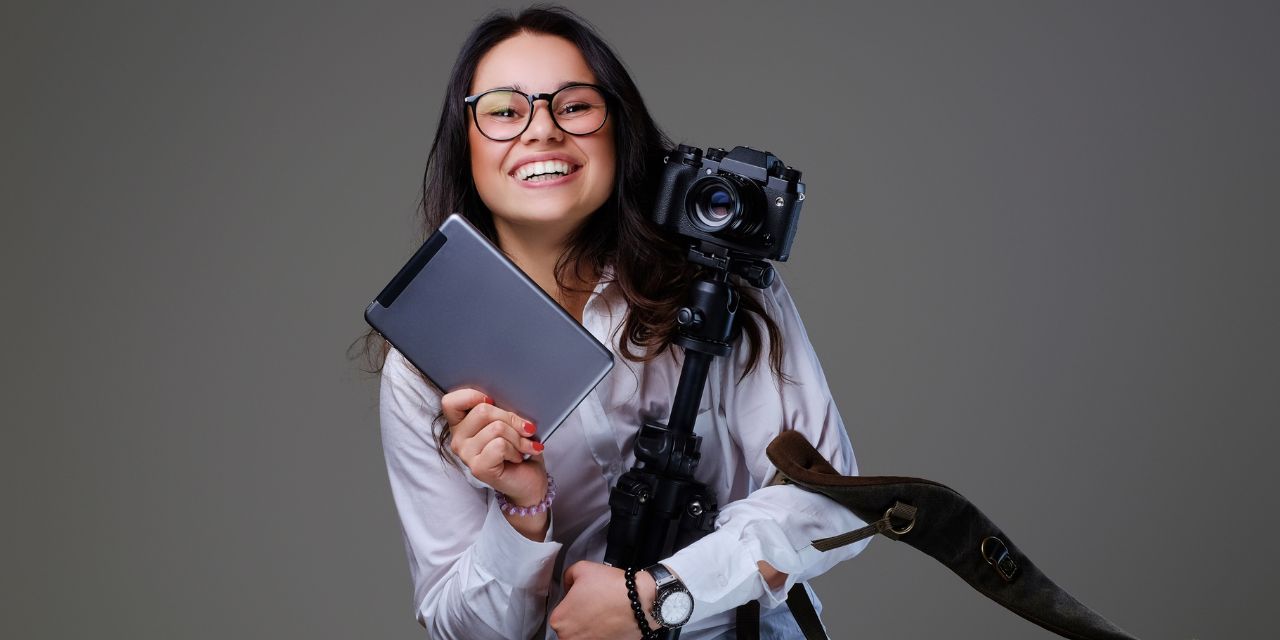
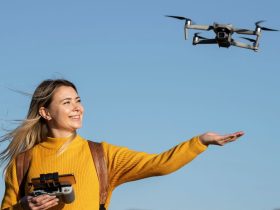
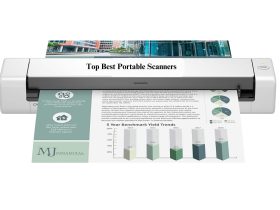
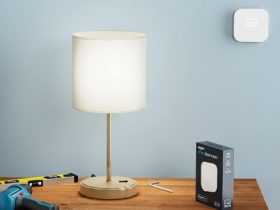
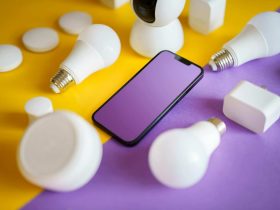

Leave a Reply